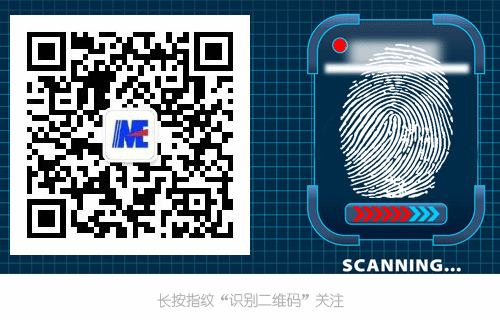
There is a protocol and its related content that propelled the World Wide Web to success, which is IP, or the Internet Protocol. This protocol is the foundation for every browser’s connection to the Internet and forms the backbone of IT data centers.
Some believe that the Internet of Things (IoT) will follow the same developmental path, asserting that having an IP address is sufficient for connecting IoT devices.
However, the issue with IoT is not with IP itself, but with all the other layers stacked on top of IP. Running protocols such as HTTP, SSL, and XML requires significant computing power and storage space, which typical devices like PCs, smartphones, or tablets can handle easily. However, this becomes a challenge for ordinary sensors running on small microcontrollers (even though the ARM Cortex-M7 is quite powerful).
To tackle this issue, many alternative solutions have been introduced, most of which are IoT protocols lacking interoperability, such as 6LoWPAN, AllJoyn, AMQP, ANT+, Bluetooth, CoAP, DASH7, DDS, INSTEON, KNX, MQTT, NFC, RFID, STOMP, Thread, Weightless, XMPP, ZigBee, and Z-Wave, among others. This is just a part of the list, and new protocols with more ideas are introduced weekly.
Trying to find a “canonical protocol” for IoT, a unified end-to-end protocol that can serve all things, is a foolish notion.
On one hand, sensors have varying requirements in terms of range, radio frequency spectrum, security levels, topology, and power consumption. On the other hand, any successful IoT strategy ultimately needs to integrate with an IP-based cloud in some form. Besides that, it is nearly impossible to find other types of solutions. Therefore, IoT applications must be capable of connecting and exchanging data.
Solution lies in building a multi-protocol bridge between sensors and actuators, mobile devices, and the cloud, preferably open-source, scalable, and capable of accommodating a vast array of devices. Moreover, the transmission should be reliable and withstand brief interruptions in wireless connectivity.

More and more organizations are viewing MQTT as a component of this bridge. MQTT has a fully-featured version that runs on TCP/IP and a simplified version, MQTT-SN, for non-IP devices. Its publish/subscribe model allows for scalable topology while preserving real-time characteristics and configurable quality of service.
IBM originally developed MQTT to serve as a message broker between hosts and servers, integrating it into WebSphere to provide services over the web. The company later opened it for embedded use when providing it to OASIS and the Eclipse Foundation.
An important part of IBM Bluemix is its IoT Foundation service, which is a cloud-based MQTT instance with predefined topic structures and message formats. Mobile applications have long started using MQTT, such as Facebook Messenger and Salesforce.com. IBM also has an e-book mobile application based on MQTT.
Other recent developments to consider include:
-
ARM’s mbed device server is seeking to replace general-purpose web servers with IoT-specific servers. With technology acquired from Sensinode, ARM has integrated HTTP, CoAP, and MQTT into one platform.
-
2lemetry has taken a step forward with the launch of ThingFabric, integrating major protocols like MQTT, CoAP, and STOMP along with scalability.
-
PubNub runs a websocket connection on MQTT, focusing on low latency and delivery reliability for cloud implementations. A guest post on Atmel’s Bits & Pieces blog nicely describes PubNub’s approach.
-
Speaking of Atmel and Arduino, IBM has provided several methods on how to leverage Arduino through the IoT Foundation, such as an Arduino Uno connection example and a series of instructions on implementing a cloud-ready temperature sensor.
-
Open-source has inspired many unique research projects, one of the more interesting being the bridging between AllJoyn and MQTT. If this project succeeds, its implications could be significant, such as controlling home entertainment systems directly from a mobile device’s Facebook app.
Still, I do not believe there is a “canonical protocol” that can be universally adopted across the entire IoT landscape and meet the actual needs of every specific application.
The solution that ultimately emerges will certainly be one that integrates multiple protocols to serve as broad a range of applications as possible. The ability of MQTT to connect sensors and mobile devices to big data systems in real-time is attracting more and more participants.

1. Domestic Embedded Operating Systems: Growing, Developing, and Expanding Amidst IT Changes
2. Breaking! Biden Administration Tightens Restrictions on Huawei~
3. How Many Domestic Automotive MCU Manufacturers Are There?
4. MIPS Turns to RISC-V, What Does the Future Hold for MIPS Processors?
5. New Original STM32/GD32 May Be Counterfeit?
6. Why Are Chips Still in Short Supply?

Disclaimer: This article is a reprint from the internet, and the copyright belongs to the original author. If there are copyright issues, please contact us, and we will confirm copyright based on the materials provided and either pay for the manuscript or delete the content.